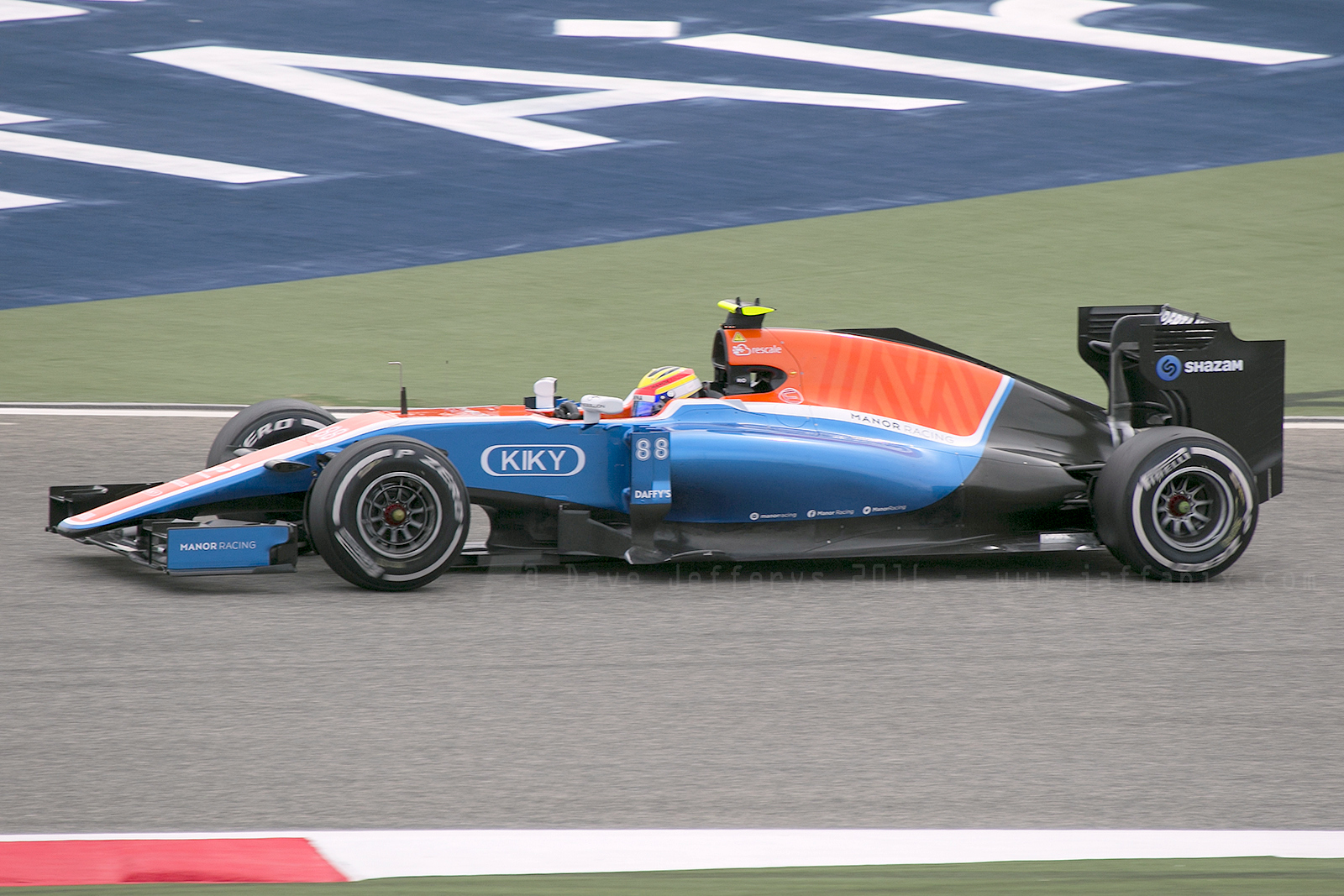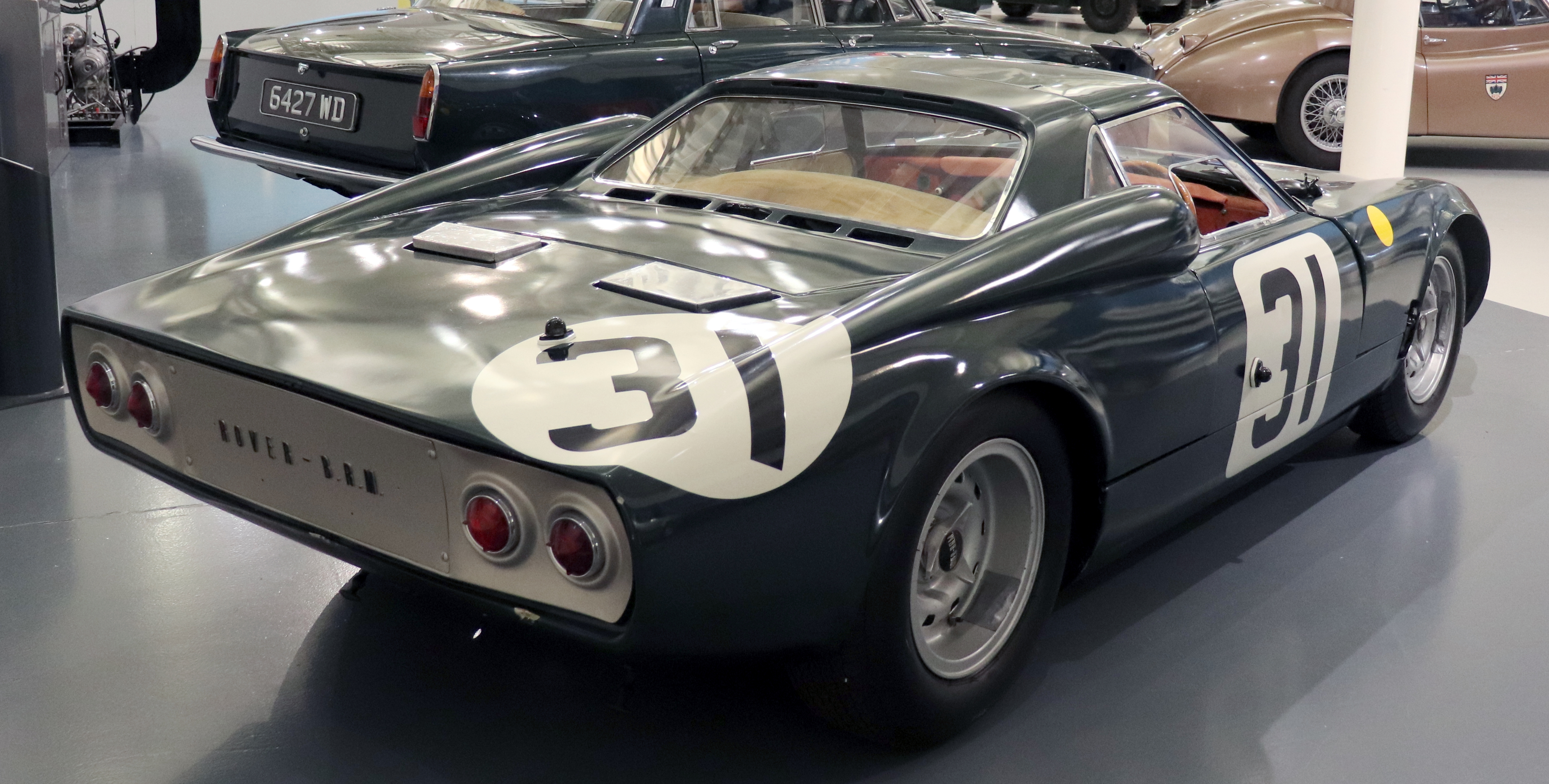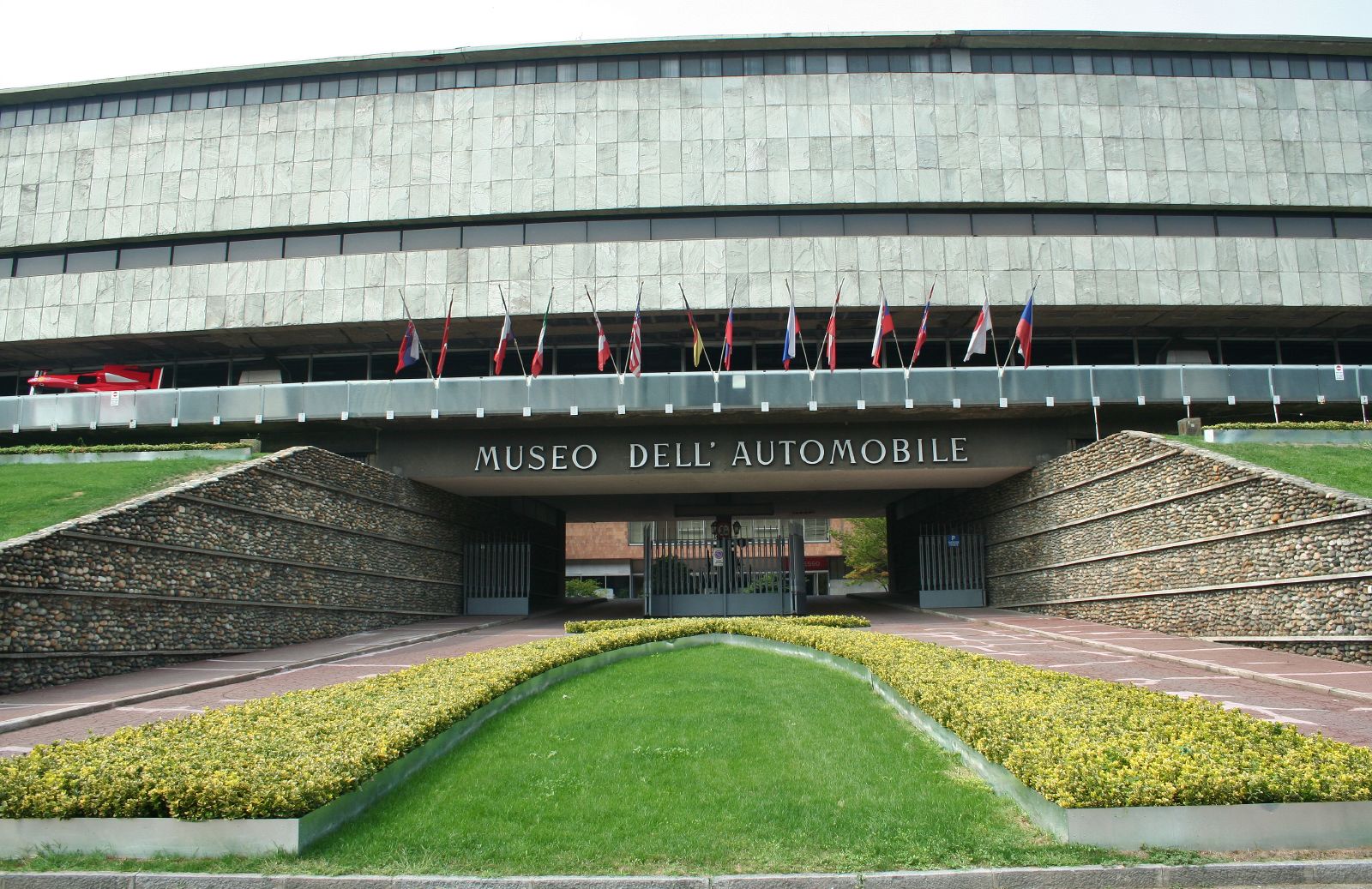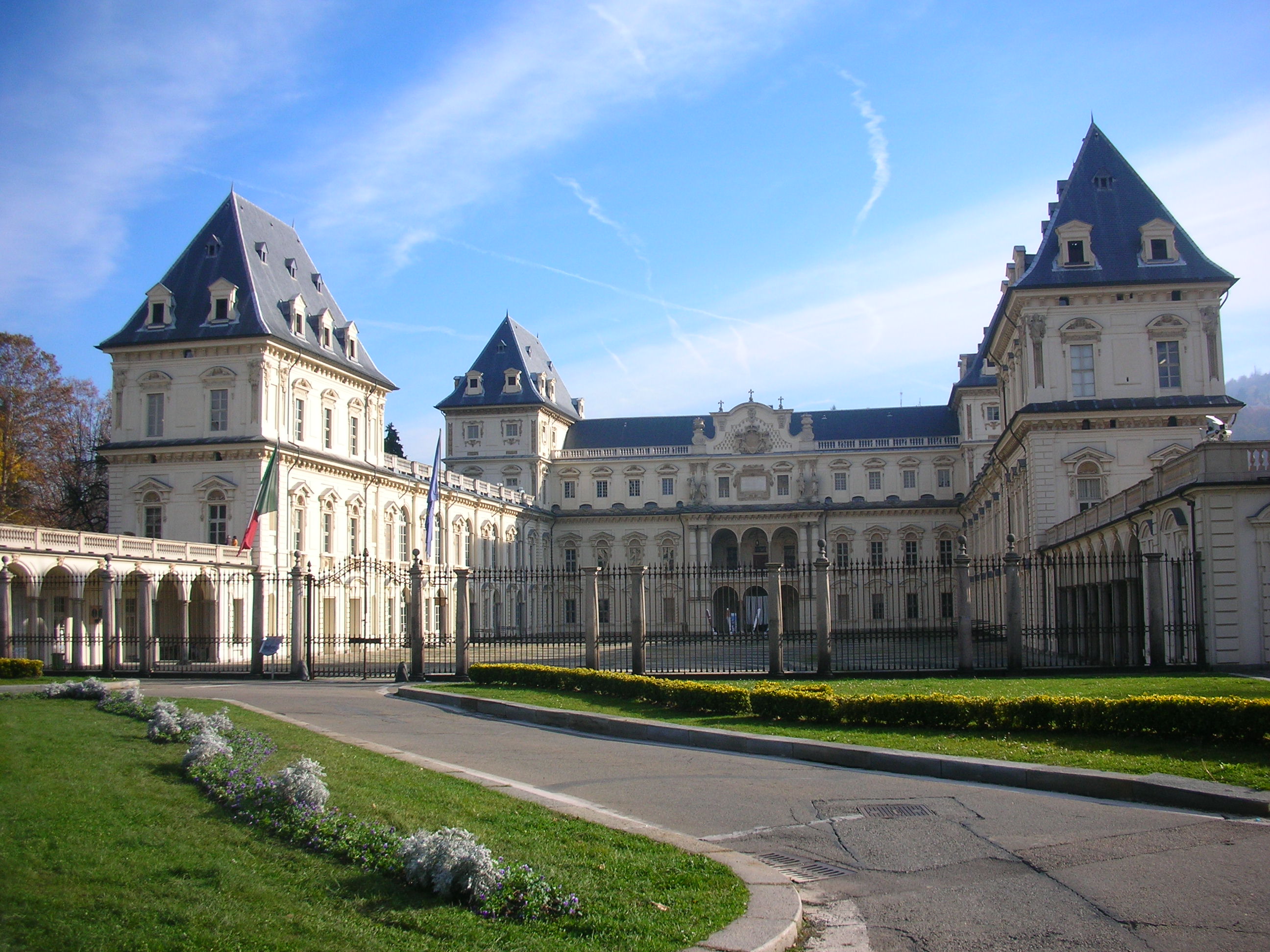|
Fiat Turbina
The Fiat Turbina was a gas turbine-powered concept car built by Italy, Italian car manufacturer Fiat Automobiles, Fiat in 1954. Fiat was the second car manufacturer, after Rover JET1, Rover, to introduce a car propelled by a gas turbine—Fiat touted the Turbina as "the first turbine car built in Continental Europe". The project took a long period of planning, studies began in 1948 and ended with a first track test on 14 April 1954 on the rooftop track of the Lingotto factory. The car was first publicly shown on 23 April 1954 at the Turin Airport, Turin-Caselle Airport, where it made some demonstration runs with Fiat chief test driver Carlo Salamano at the wheel. All major Fiat personalities were present, including Gianni Agnelli, president Vittorio Valletta and engineer Dante Giacosa, director of the technical office and responsible for the car's development. The Turbina was then displayed at the ongoing 36th Turin Motor Show. The turbine engine was placed mid-engine design, amid ... [...More Info...] [...Related Items...] OR: [Wikipedia] [Google] [Baidu] |
Fiat Automobiles
Fiat Automobiles S.p.A., commonly known as simply Fiat ( , ; ), is an Italian automobile manufacturer. It became a part of Fiat Chrysler Automobiles in 2014 and, in 2021, became a subsidiary of Stellantis through its Italian division, Stellantis Europe. Fiat Automobiles was formed in January 2007 when Fiat S.p.A. reorganized its automobile business, and traces its history back to 1899, when the first Fiat automobile, the Fiat 4 HP, was produced. Fiat Automobiles is the largest automobile manufacturer in Italy. During its more than century-long history, it remained the largest automobile manufacturer in Europe and the third in the world after General Motors and Ford Motor Company, Ford for over 20 years, until the car industry crisis in the late 1980s. In 2013, Fiat S.p.A. was the second-largest European automaker by volumes produced and the Automotive industry, seventh in the world, while FCA was the world's eighth-largest automaker. In 1970, Fiat Automobiles employed more th ... [...More Info...] [...Related Items...] OR: [Wikipedia] [Google] [Baidu] |
Mid-engine Design
In automotive engineering, a mid-engine layout describes the placement of an automobile engine in front of the rear-wheel axles, but behind the front axle. History The mid-engine, rear-wheel-drive format can be considered the original layout of automobiles. A 1901 Autocar was the first gasoline-powered automobile to use a drive shaft and placed the engine under the seat. This pioneering vehicle is now in the collection of the Smithsonian Institution. Benefits Mounting the engine in the middle instead of the front of the vehicle puts more weight over the rear tires, so they have more traction and provide more assistance to the front tires in braking the vehicle, with less chance of rear-wheel lockup and less chance of a skid or spin out. If the mid-engine vehicle is also rear-drive the added weight on the rear tires can also improve acceleration on slippery surfaces, providing much of the benefit of all-wheel-drive without the added weight and expense of all-wheel-drive com ... [...More Info...] [...Related Items...] OR: [Wikipedia] [Google] [Baidu] |
Renault Étoile Filante
The Renault ''Étoile Filante'' (''Shooting Star'') was Renault's only attempt at both creating a gas turbine-powered car and setting a land speed record for such cars. History In 1954, the French aeronautical turbine manufacturer, Turbomeca, proposed that Renault make a gas turbine car to exalt the technology's benefits and try to break the speed record for gas turbine vehicles. Renault developed and tested the car in a wind tunnel between 1954 and 1955. In 1956, Jean Hébert and a Renault Team went off to the Bonneville Salt Flats in Utah for speed tests. The car reached an average speed of . In the mid-1990s, Renault restored the car and made it operational again. The car was completely dismantled at the Billancourt factory in Paris, respraying the chassis and repairing the engine. In front of an expectant crowd, the car was fired up and moved under its power for the first time since 1956. It is now conserved as a part of Renault's Historical Cars Collection. A pri ... [...More Info...] [...Related Items...] OR: [Wikipedia] [Google] [Baidu] |
Rover-BRM
The Rover-BRM was a prototype gas turbine-powered racing car, jointly developed in the early 1960s by the British companies Rover and British Racing Motors (BRM). The car is part of the collection at the British Motor Museum. Rover had already been working with gas turbines for road vehicles since World War II. A series of potential road cars were also produced, starting with the early prototype '' Jet 1'', through the more developed examples ''T2'' and '' T3,'' followed by the ''T4'', which performed demonstration laps around the Le Mans circuit before the 1962 race. Seeing an opportunity for even more prestige, Rover decided to enter a gas turbine car into the race. A prize was to be awarded for the first gas turbine car to complete 3,600 km over the 24 hours, an average speed of 150 km/h, approximately 93 mph. A crucial step in this plan was a chance meeting betweeWilliam Martin-Hurst MD of Rover, and Sir Alfred Owen of Rover's component supplier Rubery Owen, but more relev ... [...More Info...] [...Related Items...] OR: [Wikipedia] [Google] [Baidu] |
General Motors Firebird
The General Motors Firebird comprises a quartet of prototype cars that General Motors (GM) engineered for the 1953, 1956, and 1959 Motorama auto shows. The cars' designers, headed by Harley Earl, took Earl's inspiration from the innovations in fighter aircraft design at the time. General Motors never intended the cars for production, but rather to showcase the extremes in technology and design that the company was able to achieve. GM preserved the prototype cars at the GM Heritage Center in Sterling Heights, Michigan. Models of the cars are in the permanent collection of the Henry Ford Museum in Dearborn, and the cars still make regular appearances at car shows. The tradition of offering prototype vehicles continued with the Pontiac Banshee series. From 1967 to 2002, the Pontiac division of GM marketed its Firebird line of pony cars, which had no direct relation to these series of Firebird concept cars. History General Motors researched the feasibility of gas turbine ... [...More Info...] [...Related Items...] OR: [Wikipedia] [Google] [Baidu] |
Chrysler Turbine Car
The Chrysler Turbine Car is an experimental two-door hardtop coupé, coupe powered by a gas turbine, turbine engine and was manufactured by Chrysler Corporation, Chrysler from 1963 to 1964. Italian design studio Carrozzeria Ghia constructed the bodywork, and Chrysler completed the final assembly in Detroit. A total of 55 cars were manufactured: five prototypes and a limited run of fifty cars for a public user program. All have a signature metallic paint named "turbine bronze", roughly the color of root beer. The car was styled by Elwood Engel and Chrysler studios. They featured power brakes, power steering, and a TorqueFlite transmission. The Chrysler turbine engines, Chrysler turbine engine program that produced the Turbine Car began during the late 1930s and created prototypes that completed long-distance trips in the 1950s and early 1960s. The A-831 engines that powered the Ghia-designed Turbine Car could operate on many fuels, required less maintenance, and lasted longer tha ... [...More Info...] [...Related Items...] OR: [Wikipedia] [Google] [Baidu] |
Car Tailfin
The tailfin era of automobile styling encompassed the 1950s and 1960s, peaking between 1955 and 1961. It was a style that spread worldwide, as car designers picked up styling trends from the US automobile industry, where it was regarded as the "golden age" of American auto design and American exceptionalism. General Motors design chief Harley Earl is often credited for the automobile tailfin, introducing small fins on the 1948 Cadillac, but according to many sources the actual inventor/designer of the tailfin for the 1948 Cadillac was Franklin Quick Hershey, who at the time the 1948 Cadillac was being designed was chief of the GM Special Car Design Studio. It was Hershey who, after seeing an early production model of a P-38 at Selfridge Air Base, thought the twin rudders of the airplane would make a sleek design addition to the rear of future modern automobiles. Tailfins took particular hold on the automotive buying public's imagination as a result of Chrysler designer Vi ... [...More Info...] [...Related Items...] OR: [Wikipedia] [Google] [Baidu] |
Automobile Museum Of Turin
The Museo Nazionale dell'Automobile di Torino ( English: "National Automobile Museum"), known as MAUTO, is an automobile museum in Turin, Italy, founded by Carlo Biscaretti di Ruffia. The museum has a collection of almost 200 cars among eighty automobile brands representing eight countries (Italy, France, Great Britain, Germany, Netherlands, Spain, United States of America, Poland). The museum is situated in a building dating from 1960, and it has three floors. After restructuring in 2011 the museum is open again, and its exhibition area has been expanded from to . The museum also has its own library, documentation centre, bookshop and auditorium. Collection The museum's collection includes the first Italian cars, a Bernardi from 1896 and a Fiat from 1899, a Rolls-Royce Silver Ghost from 1914, and racing cars by Ferrari and Alfa Romeo. Also included are for instance an 1893 Benz Victoria, an 1894 Peugeot, a 1904 Oldsmobile, the 1907 Itala from the Peking to Paris race, a 1913 De ... [...More Info...] [...Related Items...] OR: [Wikipedia] [Google] [Baidu] |
Tesla Model 3
The Tesla Model 3 is a Battery electric vehicle, battery electric powered Mid-size car, mid-size sedan with a fastback body style built by Tesla, Inc., introduced in 2017. The vehicle is marketed as being more affordable to more people than previous models made by Tesla. The Model 3 was the world's top-selling plug-in electric car for three years, from 2018 to 2020, before the Tesla Model Y, a crossover SUV based on the Model 3 chassis, took the top spot. In June 2021, the Model 3 became the first electric car to pass global sales of 1 million. A facelift (automotive), facelifted Model 3 with revamped interior and exterior styling was introduced in late 2023 for countries supplied by Gigafactory Shanghai and in early 2024 in North America and other countries supplied by the Tesla Fremont Factory. __TOC__ History In a 2006 interview with ''Wired Science'', Elon Musk presented the as likely being affordable by most people able to purchase new cars, aiming for a $30,00 ... [...More Info...] [...Related Items...] OR: [Wikipedia] [Google] [Baidu] |
Polytechnic University Of Turin
The Polytechnic University of Turin (, abbreviated as PoliTO) is the oldest Italian Public university, public Institute of technology, technical university. The university offers several courses in the fields of Engineering, Architecture, Urban Planning and Industrial Design, and is consistently ranked as one of the best universities in Italy and in the world. As of 2024, it is ranked (QS World University Rankings) 28th worldwide for Mechanical Engineering, 22nd for Petroleum Engineering, 21st for Architecture and is among the top 100 (52nd) engineering and technology universities in the world. The Polytechnic University of Turin has its main campuses in the city of Turin, in the Piedmont region, where the majority of the research and teaching activities are located, as well as other satellite campuses in four other cities across the Piedmont region. With eleven Faculty (division), departments and several research institutes, it has around 35,000 students (undergraduate and postg ... [...More Info...] [...Related Items...] OR: [Wikipedia] [Google] [Baidu] |
Wind Tunnel
A wind tunnel is "an apparatus for producing a controlled stream of air for conducting aerodynamic experiments". The experiment is conducted in the test section of the wind tunnel and a complete tunnel configuration includes air ducting to and from the test section and a device for keeping the air in motion, such as a fan. Wind tunnel uses include assessing the effects of air on an aircraft in flight or a ground vehicle moving on land, and measuring the effect of wind on Building, buildings and bridges. Wind tunnel test sections range in size from less than a foot across, to over , and with air speeds from a light breeze to hypersonic. The earliest wind tunnels were invented towards the end of the 19th century, in the early days of aeronautical research, as part of the effort to develop heavier-than-air flying machines. The wind tunnel reversed the usual situation. Instead of the air standing still and an aircraft moving, an object would be held still and the air moved around it. ... [...More Info...] [...Related Items...] OR: [Wikipedia] [Google] [Baidu] |







